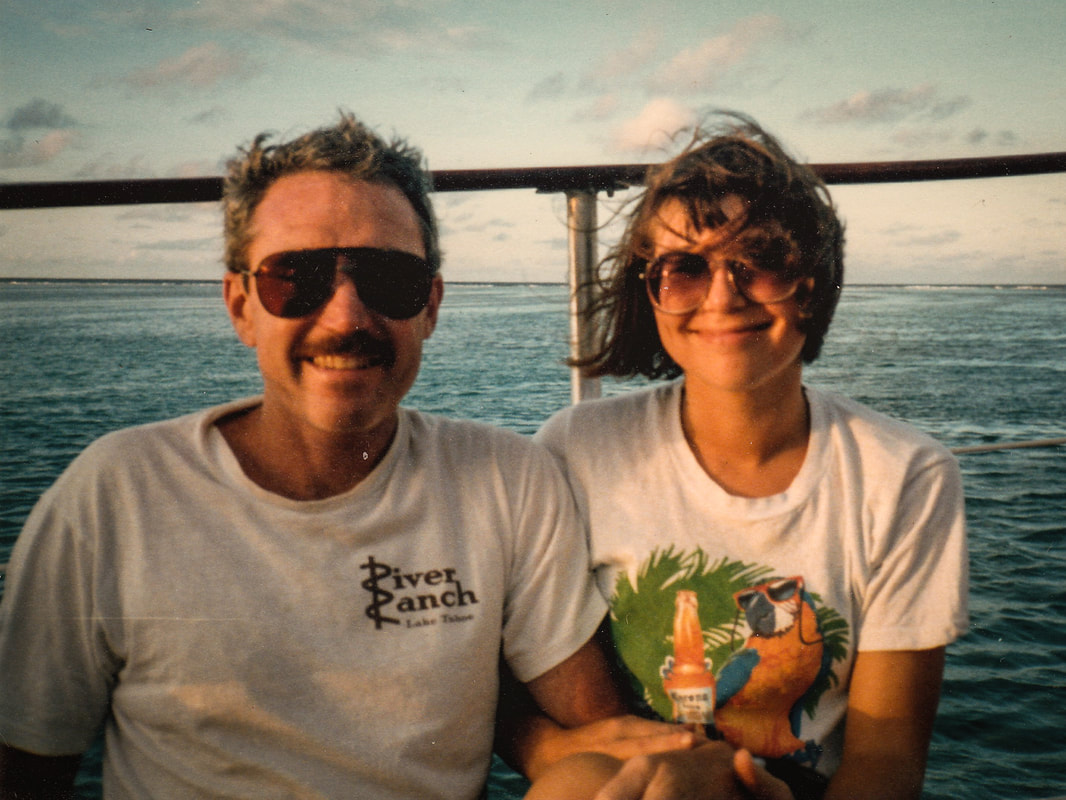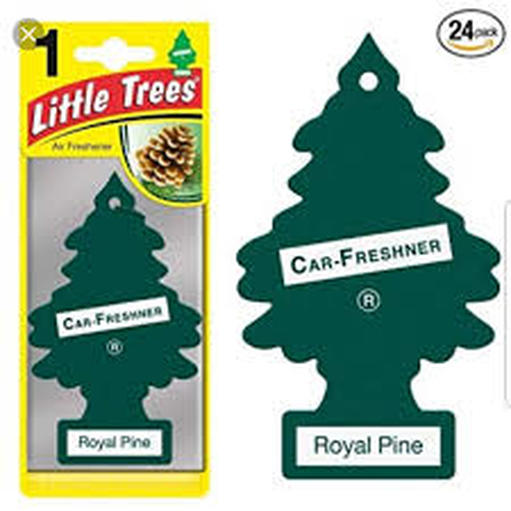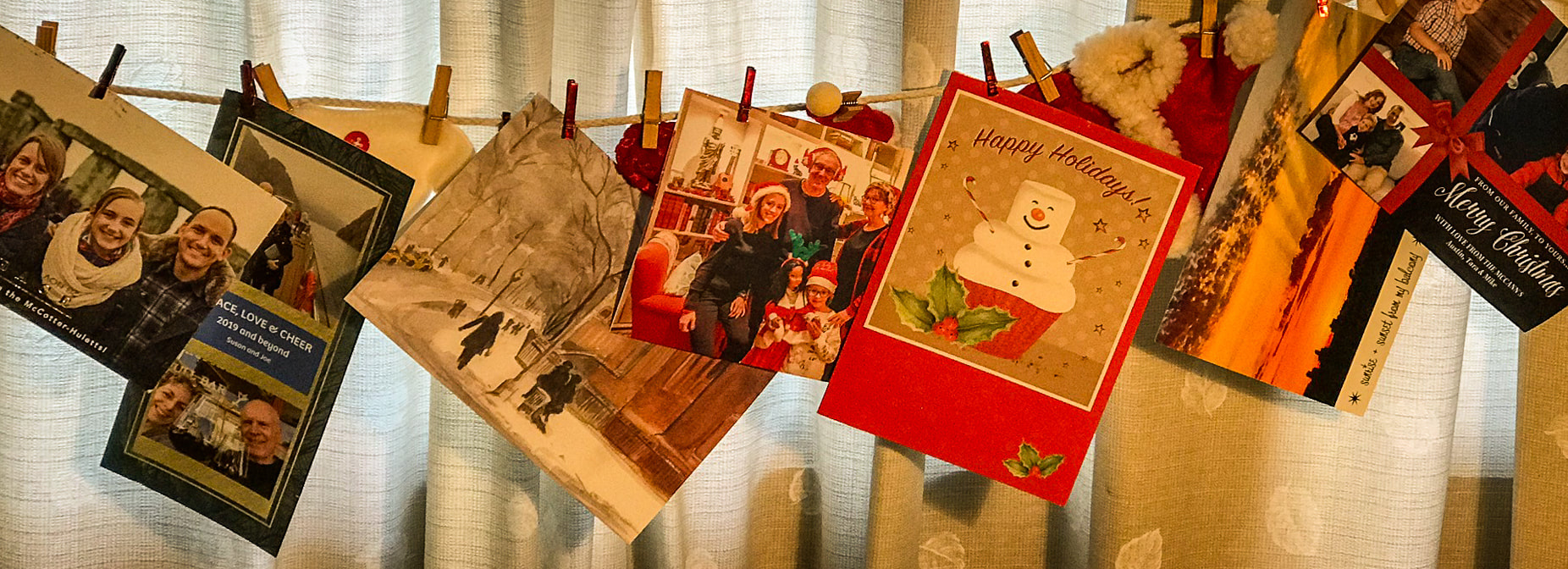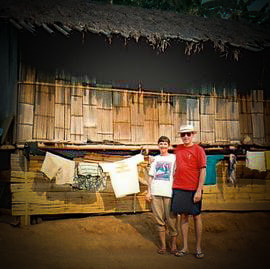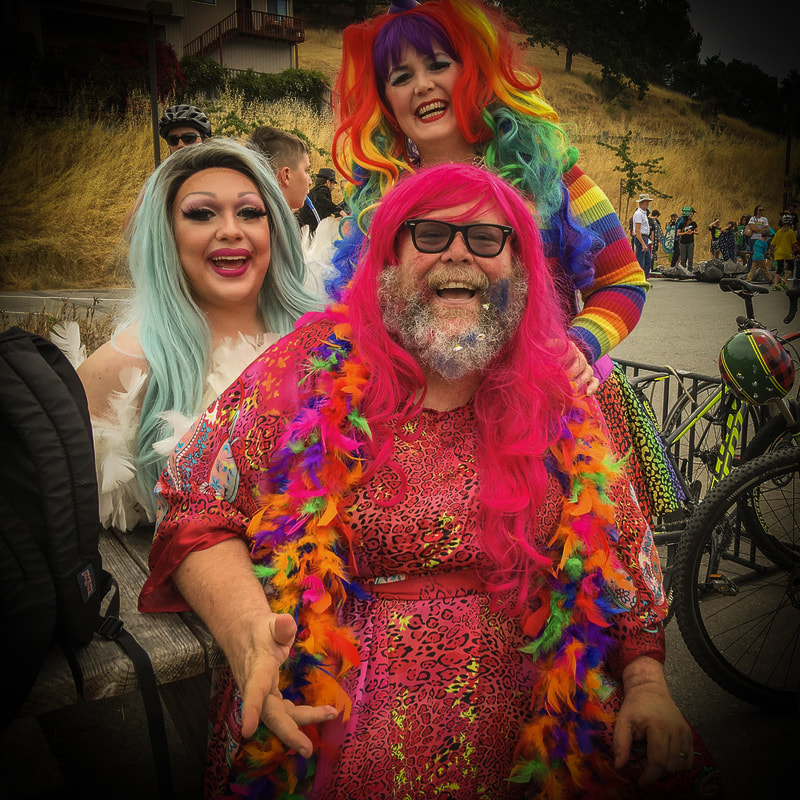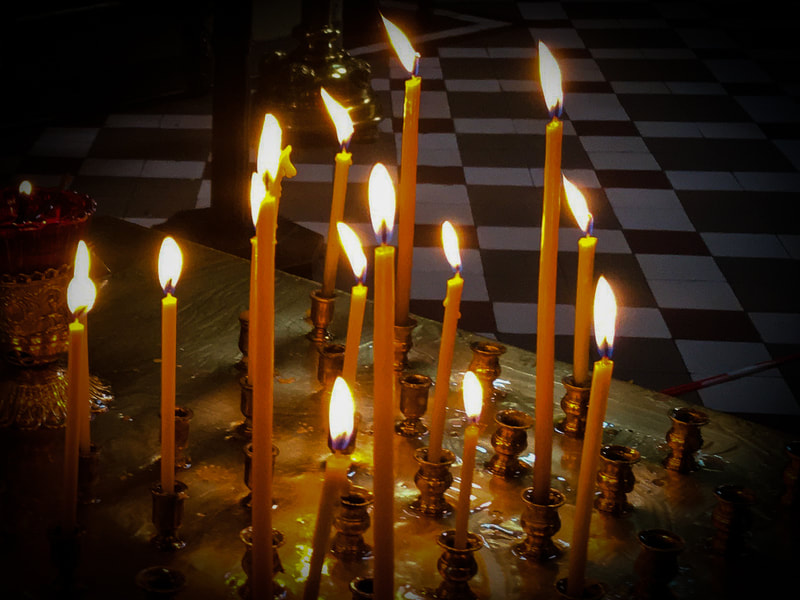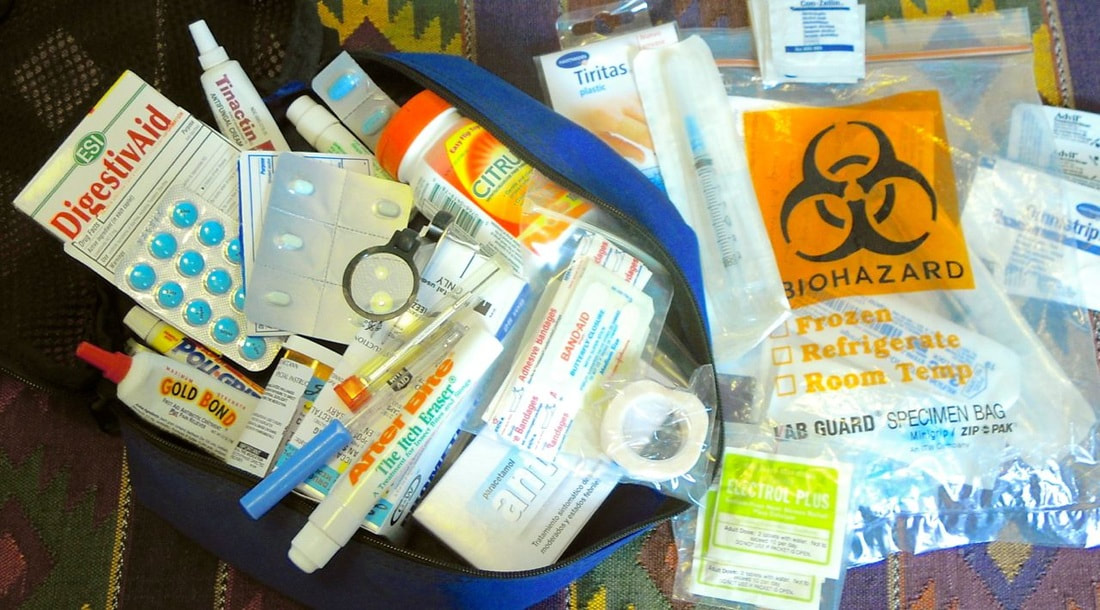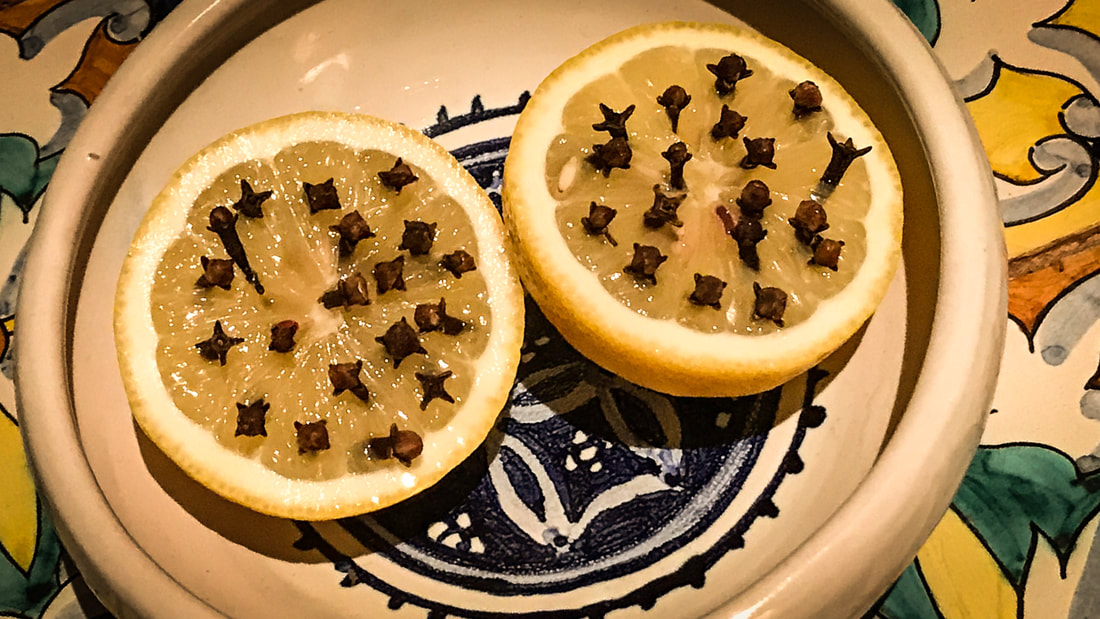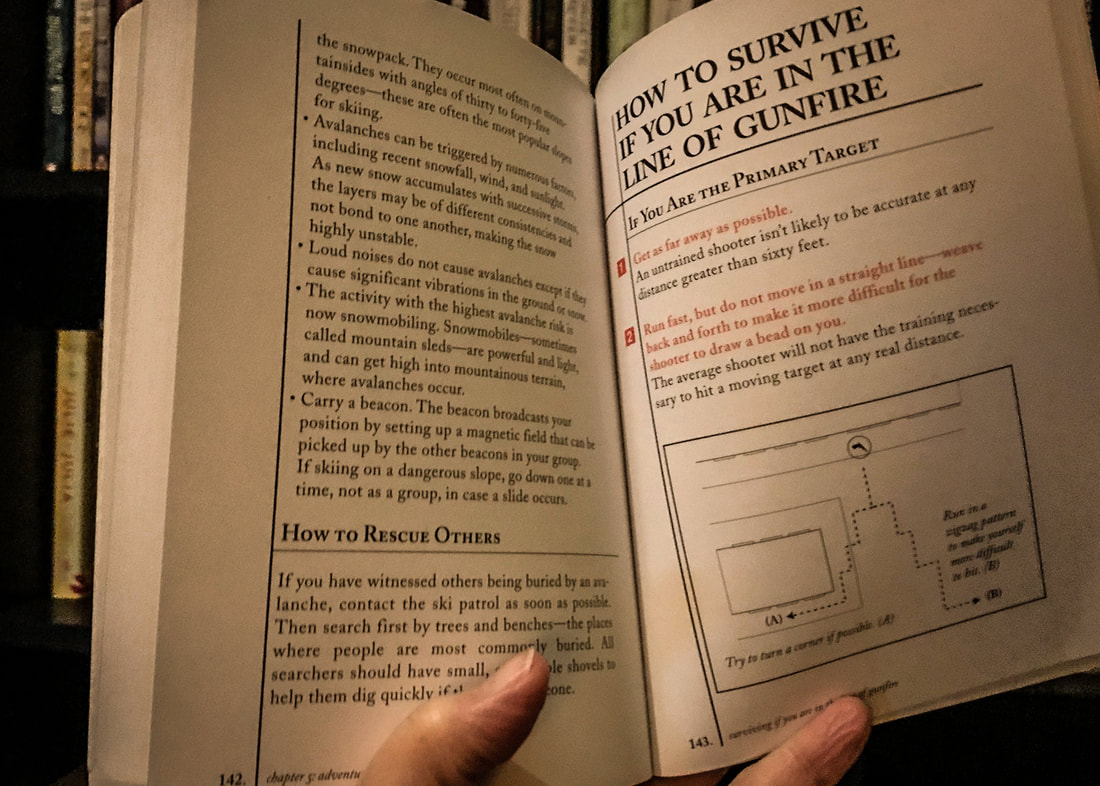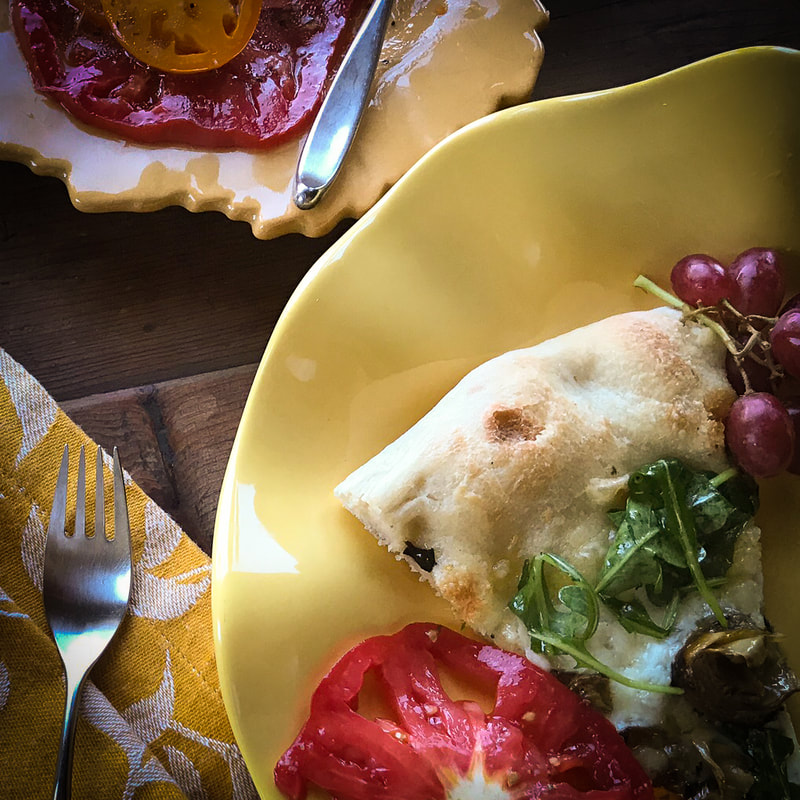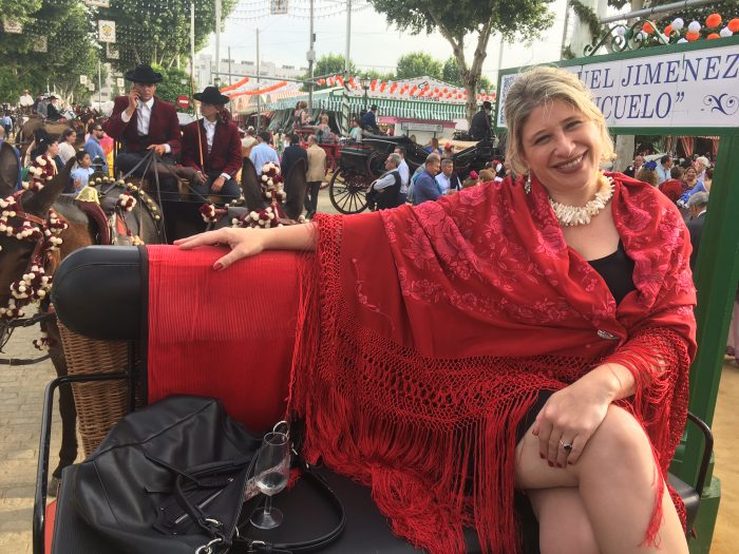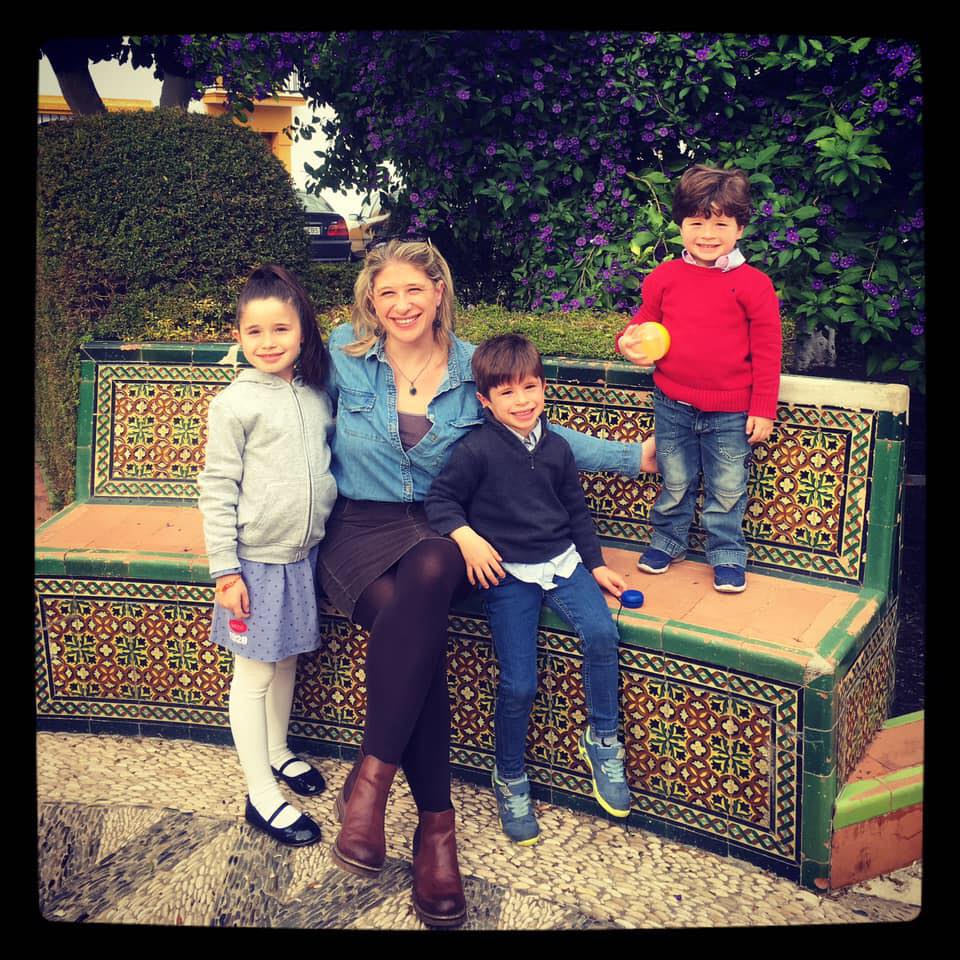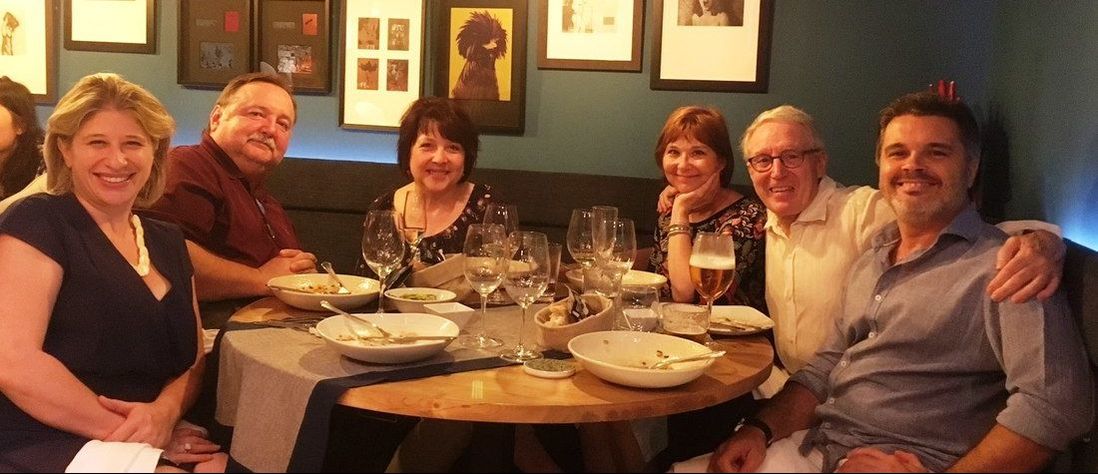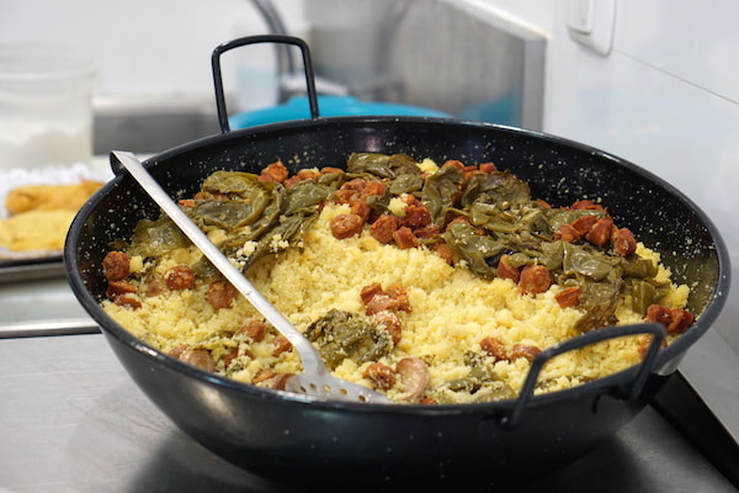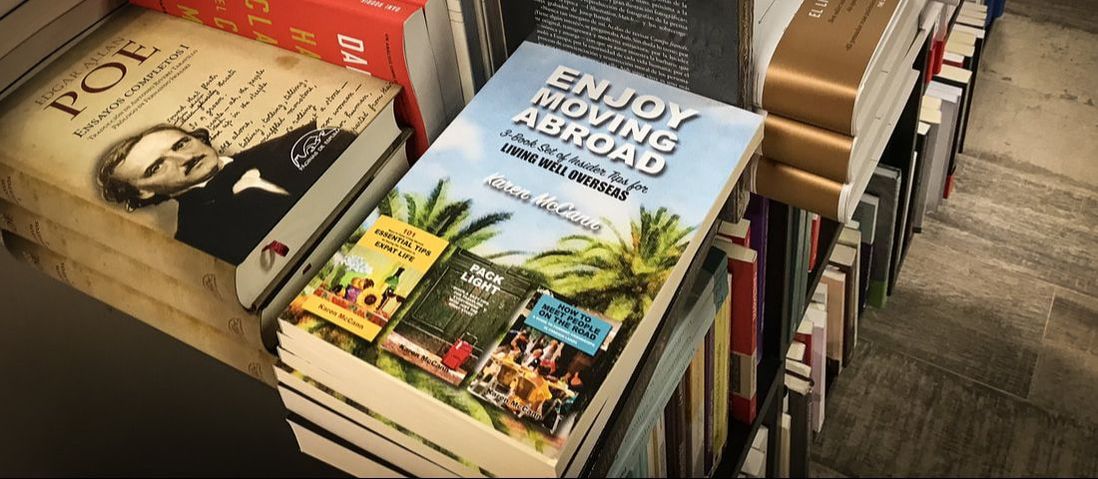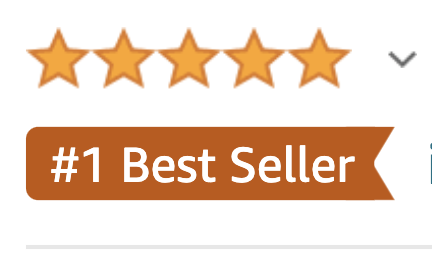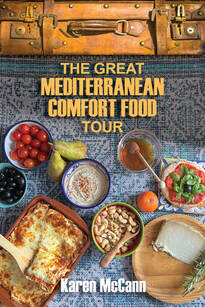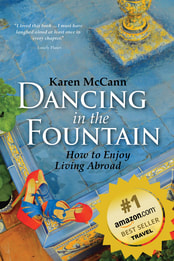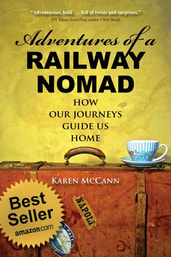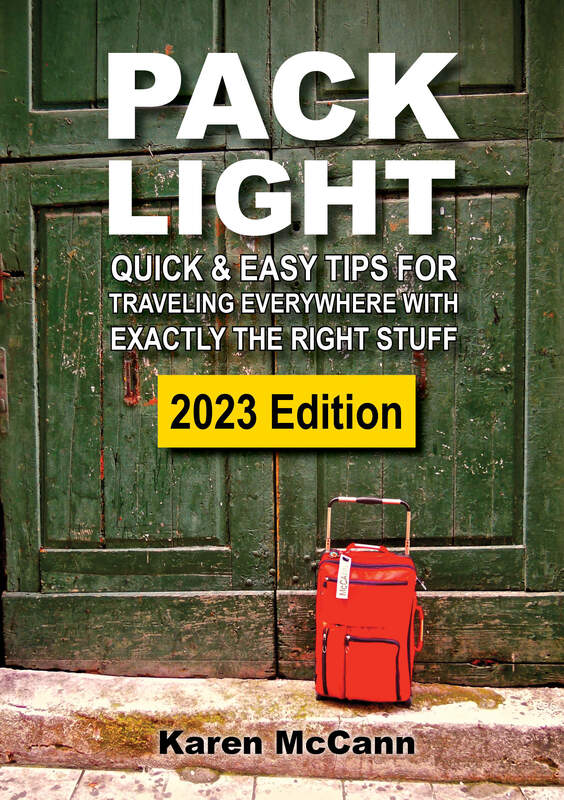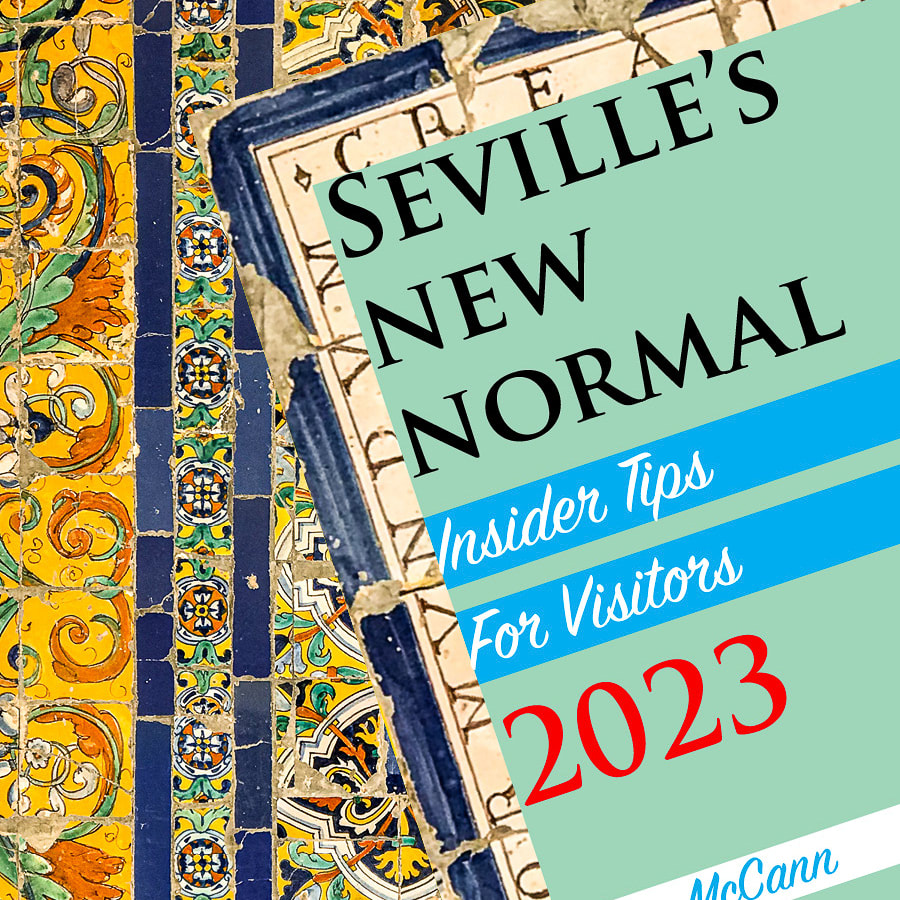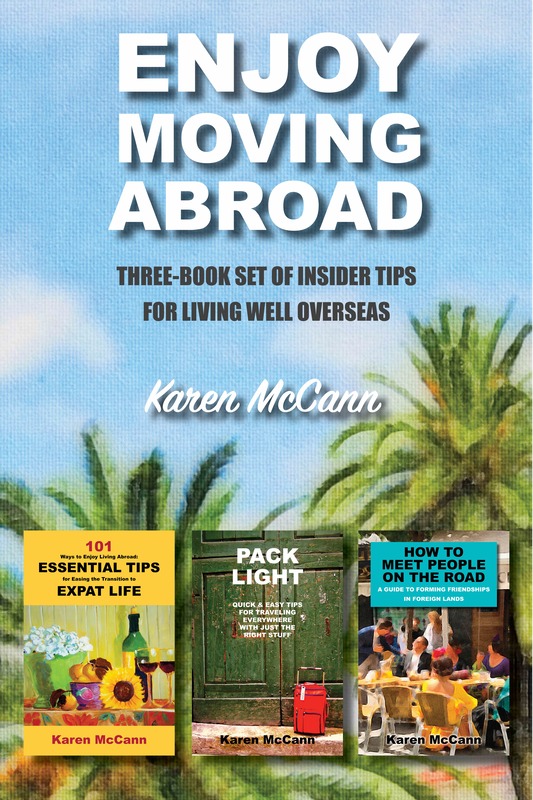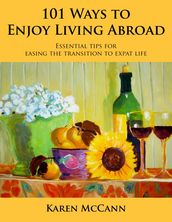|
Today is our 32nd wedding anniversary. Yes, Rich and I were married two days after Christmas, creating maximum inconvenience for family and friends, especially those arriving from out of town. Selfishly, we chose this awkward date to enable us to take two weeks off work for our Costa Rica honeymoon. And although we'd talked of living abroad on our very first date, and have traveled as often as possible throughout our marriage, in those early days we could never have imagined that we’d be celebrating this anniversary at our home in Seville, Spain. “What is the traditional gift for the 32nd?” Rich asked me this morning. We’d already exchanged our modest gifts, so I knew this was mere idle curiosity. I had no idea, and when I went to look it up, I discovered that — at least in the US and UK — nobody else does either. After the 20th (china) most gift charts only show milestone anniversaries; apparently they assume that after two-plus decades of wedded life, you’re either divorced, dead, or able to come up with a suitable present on your own. Recently, however, greeting card manufacturers and others eager to promote anniversary-related spending have come up with a few ideas to fill in the gaps, and for the 32nd they’ve designated transportation. “To honour your 32nd wedding anniversary with a gift, surprise your wife with a new car,” says MyWeddingAnniversary.com. As there’s no equivalent recommendation for something women might give their husbands (that list started with a travel mug) this suggestion seems based on flagrantly paternalistic stereotypes. And then, as if that wasn’t offensive enough, they add, “Smaller and less-expensive 32nd anniversary treats can include car air fresheners in her favourite scent.” No, they can’t. If Rich ever gave me a car air freshener on a romantic occasion, we would be at the office of a marriage counselor the very next morning. I can only assume that these ridiculous suggestions are written by young people whose ideas about aging and long-term relationships are based entirely on memes and sitcoms. As a culture, our views about aging are all over the place; we can’t even agree about when it starts. In the NY Times article Am I ‘Old’? Stephen Petrow wrote, “As with beauty, the meaning of ‘old’ also depends on the person you ask. Millennials, now in their 20s and 30s, say that old starts at 59, according to a 2017 study by U.S. Trust. Gen Xers, now in their 40s — and no doubt with a new appreciation for just how close they are to entering their 50s — say 65 is the onset of old. Boomers and the Greatest Generation pegged 73 as the beginning of old. Clearly, much depends on the perspective of who’s being asking to define ‘old.’” I don’t often quote Ronald Reagan, but he did a lovely job of putting age in its place during a 1984 presidential debate when he was 73 and running against 56-year-old Walter Mondale. Two thousand years ago, the average life expectancy was 25, and if you were lucky enough to survive into your seventies, you were revered for your wisdom and consulted by your tribe on matters great and small. Today traditional knowledge isn’t very helpful when we’re struggling to come to grips with a new iPhone or decide whether to invest in a driverless car from Tesla. But that’s just stuff. When it's a question of living a good life, those of us in what the Spanish call “the third age” still have some tremendous advantages. For a start, we have seen a great many scenarios unfold over the years and, if we’ve been paying attention, have learned a thing or two about human nature and the ways of the world. And perhaps even more importantly, we realize the value of relationships built over time. That’s why I love getting cards, notes, and emails at the holidays; to me, every single one is a love letter. In December of 2012 I wrote, “Today, I live thousands of miles from my relatives and many others who are dear to me; they’re scattered around the globe from the Americas to Asia to Europe to Down Under. I’ll never again see everyone I love gathered under one roof. At holiday celebrations I sometimes feel a pang about the faces I don’t see around my table. “But I am deeply grateful that I live in an age where I can stay in close contact with those who are far away. We email, we talk on Skype, and when the stars align, we meet up somewhere and enjoy each other’s company. My social circle is no longer geographically defined. It’s a bit like iCloud; my friends are not always physically on hand, but they seem to appear when I need them most.” After seven years as a blogger, I feel much the same way about my readers. Many of you have written comments on my posts for years; others send me private notes via email; some have come to visit me in Seville or arranged for us to rendezvous in other parts of the world. You have made me laugh, and cry, and think, and keep on writing. My friendship circle continues to expand in ways Rich and I could never have envisioned when we walked down the aisle all those years ago. I want to thank you all for being a part of it. And I want to thank Rich for learning the real secret of a happy marriage: never, ever give your wife a car air freshener as an anniversary gift. YOU MIGHT ALSO ENJOY
34 Comments
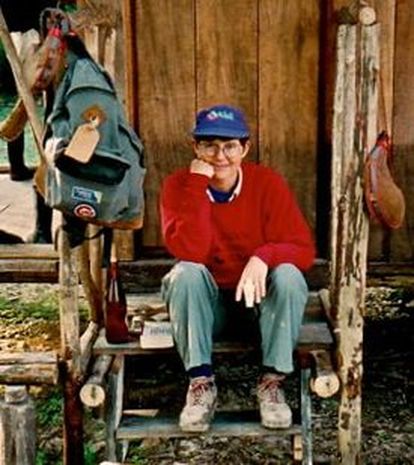 Shortly after I broke my finger in the Peruvian Amazon Shortly after I broke my finger in the Peruvian Amazon Some years ago in Peru, Rich and I were paddling canoes in an obscure subsidiary of the Amazon (the river, of course, not the online retailer) when I broke my finger. I’d like to tell you I sustained the injury wresting with an alligator, fending off a piranha, or messing about with one of the electric eels that lived under the dock in our camp. But the boring truth is that I was simply careless, holding on to the edge of our boat when it smacked up against another, with my finger in between. Ouch! That’s one piece of foolishness I’ll not repeat. We were days downriver from the nearest medical facility, a small-town clinic of extremely dubious reputation. Our guide offered to take me there, or to the local shaman, Jesus, who a few days earlier had sold me a blowgun; somehow neither alternative appealed. Next our guide mentioned old stories about a tree that had thick sap that, when dried, would harden into a protective shell; he’d always wanted to try it on somebody, if I was game. Before I could say, “Isn’t LifeFlight an option?” Rich said, “I have something in my first aid kit that might help.” In no time Rich had fashioned a dandy splint from the plastic casing that had held a syringe. (We used to carry them on remoter journeys, as we’d heard horror stories of people needing an emergency injection from a village doctor who’d run out of clean needles.) The splint was comfortable, offered excellent protection, and even had a piece of gauze taped over the end to keep out mosquitoes. A week later when I got back to the US, an ER doctor insisted on fitting me with a “real” splint that was far more uncomfortable and unwieldy; I immediately threw it away and went back to wearing Rich’s. Up until now, that improvised splint has stood as my benchmark for ingenious solutions to medical issues on the road, but recently a challenger has emerged. I was looking up something on YouTube when I stumbled across “23 Smart Life Hacks for Every Occasion.” This fast-paced video includes, along with a jumble of other topics (replacing a lost earring back with the tip of a pencil eraser, etc.) various creative ways to deal with small health issues that might arise on the road. Most use simple materials you’re likely to have with you, find in a hotel room, or buy cheaply at a local store. To help you zero in on the ones mentioned, I’ve identified the time they appear on the video. For instance, if a migraine strikes while you’re away from home, the video suggests putting your feet in warm water (the hotel sink will work nicely) and placing something cold (send your travel companion out for a bag of frozen peas) on the back of your neck (0.40). This can help the blood drain down from your head, offering relief. Apparently this one’s been around a while. “Every time I see that image, I cringe,” wrote therapist Tammy Rome on Migraine.com. “The comments alone drive me crazy. Too many people take the image literally and make comments about their inability to perch on the edge of the sink. I want to scream, ‘That’s not the freaking point!’ but truthfully, no one is listening.” Tammy goes on to say the remedy can bring relief, suggesting that those worried about falling off the bathroom counter can use a simpler approach involving a heating pad and an ice pack. The video has other clever ideas, such as cutting the sticky ends of band-aids into strips and overlapping them at an angle so they adhere firmly to fingertips (1:27). Another section shows an old folk remedy for fending off mosquitoes with a cut lemon studded with cloves (5:21). I tried it last night and woke this morning unbitten. Having sustained three bites earlier in the week, I am cautiously optimistic but feel a bit more testing is required before classifying the experiment as solid scientific proof of efficacy. Some of the other ideas seem a bit more questionable. If you’re at risk of being overwhelmed by smoke, the video suggests, you should breathe through wet cloth (7:13). So far, so good. Then they show a woman taking off her t-shirt and — no other fluid being readily available — urinating on it. She then holds the shirt over her nose and mouth to run out of the building into the street. Yikes! Would I be able to manage this in a crisis? Would I even want to? Back in 1999, when The Worst-Case Scenario Survival Handbook was published, I gave a copy to Rich and we chuckled over it in the happy confidence we would never be called upon to do anything as outlandish as deliver a baby in a taxi or perform a tracheotomy with a Swiss army knife and a ball point pen. The book went missing long ago, but for my birthday in September, Rich gave me another copy. And such is the nature of these uncertain times that I am re-reading many sections with fresh interest. How to Survive an Earthquake, for instance, and How to Identify a Bomb, should one happen to arrive in the morning mail. Much of the advice about How to Survive if You Are in the Line of Gunfire — spoiler alert, it involves running away and hiding behind a solid object — may seem obvious, but it’s a sad fact of life that we now need to know this stuff. And remembering the finer points, such as running in a zig-zag pattern instead of a straight line, just might save my life someday. I used to think the need for such crazy emergency measures would never arise outside of adventurous expeditions deep into the world’s wildest regions. But today, even while traveling to the most civilized places — Paris, London, California’s wine country — we all need to be prepared to cope with events that would once have been unthinkable. So I’m collecting all the advice I can find that may help me deal with emergencies on the road. Let me know if you have any handy home remedies, survival tips, or escape techniques you’re willing to share! In particular I’m seeking alternatives to the video’s urinate-on-your-shirt plan, because hey, there simply has to be a better way. YOU MIGHT ALSO ENJOY With so many of you writing to ask me about the practicalities of living in Spain, I thought you might like to hear the story of my friend Sarah Gemba, who moved to Seville about the same time I did, following a very different trajectory. She arrived as a teenage student and is now the proprietor of the successful boutique tour company, Spain Savvy. How did you get from small-town Massachusetts to Seville? I did a semester abroad in Seville while in college and loved it so much I begged my school to let me return for another semester during my senior year. I immediately felt at home in Seville and knew my permanent return would be imminent. I graduated college at the turn of the century and by 2004 I was a permanent resident of Spain. What were your first impressions of the city? I was an innocent 19-year-old college student who was thrown into a beautiful, exotic city; I loved every minute of it. The only thing that annoyed me was that I was a guiri (the Spanish term of endearment for a foreigner) and I wanted to be one of the fun-loving Sevillanos. Wanting to move here permanently was a huge motivation for me to improve my Spanish and become a marketable employee so I could eventually make my life in Spain. Tell us about your bicultural family. My husband Daniel is Spanish and our three young children, Manuela, Lorenzo and Daniel Thomas (ages 8, 5 and 3), all have dual nationality. Our life here is conducted almost solely in Spanish but they are learning English at school and speak it with me, so our hope is that one day they will be fully bilingual and bicultural. We travel with them to the U.S. and other destinations as often as possible in an effort to teach them to be world citizens and eager, curious travelers. How has Seville changed since you arrived? The city has experienced a huge tourism boom in the past several years. The historical monuments have been bursting at the seams with visitors and have had to put measures in place to maintain order — not without the usual growing pains and bumps in the road. I am proud of how this city has grown and excited to see how it continues to evolve. What inspired you to start Spain Savvy? I had been working with a few local companies for several years in the cultural travel sector, organizing group and custom travel experiences for Americans. I realized I could offer the same services while working for myself, allowing me the flexibility to raise my children and still have a successful career on my own terms. It was the best decision I ever made! Who are your customers? I focus on the U.S. market, and my clients are anywhere from 2 to 80 years old (some of my favorite clients are families with small children!). My clients are interested in luxury or adventure travel. They are curious travelers who like to eat well and discover the hidden corners of their destinations. They speak a little Spanish but are yearning to learn more. They want to meet locals and learn what it would be like to live (or retire!) here. What cultural activities do you focus on in winter? Around the holidays, there are some great local experiences, like the zambomba flamenco parties that explode from the bars into the city streets, and the Feria de Belénes (Nativity fair) that you could take hours exploring. You can eat fresh roasted chestnuts or the famous churros or buñuelos (¡con chocolate!) from street vendors and enjoy the explosion of lights and historic Nativity scenes. The whole month of December is one big party in Seville! How does Spanish gastronomy give you a window on Spanish culture? There is absolutely no better way to get to know a culture than through its food. For instance, many classic Spanish dishes came to be during the Spanish Civil War (1936-1939) when richer foods were hard to come by. One of our favorite hwww.youtube.com/watch?v=Ygra_2OK99Ioliday traditions is making migas on Christmas Eve at mid-day. Migas are made in a huge cazuela (ceramic deep dish) and the star ingredient is day-old bread crumbs (in some provinces, it is simply flour or semolina). There are hundreds of versions of this dish all over Spain, and it can be a fascinating way to learn about the history of a place by finding out why they use certain ingredients. (Want to try making migas? Here's how.) 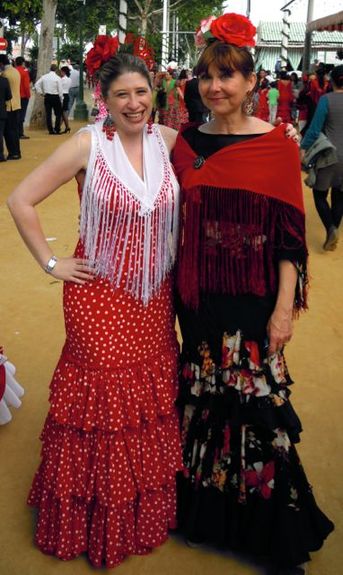 At the Feria de Abril with Sarah At the Feria de Abril with Sarah What advice would you give to first-time visitors? Erase any pre-conceived notions you might have about Spain and prepare to be dazzled. This country will truly surprise you in so many ways. Do a bit of research and reading, and brush up on your high school Spanish so you can connect with the locals. If you are friendly, they will respond with a tremendous amount of warmth and welcome! Do you feel living abroad has helped you to grow as a person? It has truly changed me. I sometimes wonder where I would be had I not left small-town Massachusetts! It is thrilling to experience things so far outside of my childhood comfort zone and to have made a life so far removed from the only life I once knew. Living abroad has made me a more resilient person who is adaptable to change and always looking for new ways to do things, as well as tolerant of other people and their differences. I have learned that people who aren’t necessarily blood-related can be considered family. Close friends become like brothers, sisters, and cousins, and in-laws become like your own aunts and uncles. I am truly blessed to have the loving family I have surrounded myself with. The Spanish people I am close with have welcomed me with open arms and made me feel at home. I have also come to learn (over time) that your family will always be your family, and even if you only see them once a year, they are always there for you! Unlike some of my better-organized and more practical blogger friends, I do not accept sponsorships of any kind. Any products or services I mention in my blog, books, or website are there solely because I believe you might find them interesting and useful in planning your own adventures. Another cool thing to do in Seville: come see my new book printed! We live in an age of miracles, and one of those happens to be the new print-on-demand machines that can produce a single book, cost-effectively, in just seven minutes. Amazon’s had these machines for years, but now some friends have installed one in their Seville bookstore, Isla de Papel (Calle Puerta del Osario, 14). You can simply stroll in, ask for a copy of my new book, Enjoy Moving Abroad, and they’ll print one for you on the spot in less time than it takes to drink a cup of coffee. How cool is that? Here’s how it works: “Sometimes it takes a little longer than seven minutes, if the glue beads are still heating up for the day,” owner Enrique Parilla told me. “We’ll make sure we always have some copies of your book around for people who don’t feel like waiting.” My books are marketed almost exclusively online, so it’s a special thrill for me to see copies in a cozy neighborhood bookshop. If you’re in Seville, stop by and witness this modern-day miracle for yourself. Not in Seville? See the book on Amazon. Enjoy Moving Abroad is a three-book set of insider tips for making the transition to expat life, available in Kindle and paperback. Don't even consider an international move without it! |
This blog is a promotion-free zone.
As my regular readers know, I never get free or discounted goods or services for mentioning anything on this blog (or anywhere else). I only write about things I find interesting and/or useful. I'm an American travel writer living in California and Seville, Spain. I travel the world seeking eccentric people, quirky places, and outrageously delicious food so I can have the fun of writing about them here.
My current project is OUT TO LUNCH IN SAN FRANCISCO. Don't miss out! SIGN UP HERE to be notified when I publish new posts. Planning a trip?
Use the search box below to find out about other places I've written about. Winner of the 2023 Firebird Book Award for Travel
#1 Amazon Bestseller in Tourist Destinations, Travel Tips, Gastronomy Essays, and Senior Travel
BLOG ARCHIVES
July 2024
CATEGORIES
All
|
